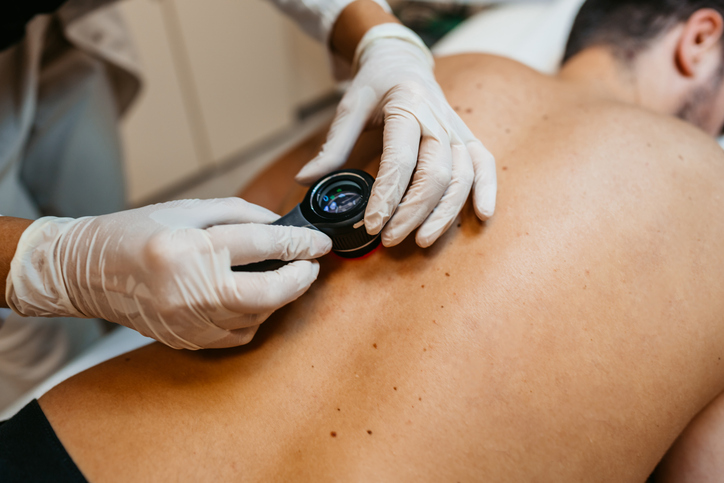A study published in the Journal of Clinical Oncology found that Medicare beneficiaries with lung cancer who switch from reference filgrastim to the biosimilar filgrastim-sndz may have reduced out-of-pocket costs.
The granulocyte-colony stimulating factor filgrastim-sndz was the first biosimilar to receive U.S. Food and Drug Administration approval. However, there are limited data on the impact of biosimilars use and out-of-pocket expenditures.
Researchers conducted a simulation model to estimate potential out-of-pocket cost savings with filgrastim-sndz compared with reference filgrastim in a cohort of Medicare beneficiaries with lung cancer who were identified via HCPCS codes. They used data from the 2016 Medicare Limited Data Set to create the Excel model to calculate the average Medicare payment to provider and beneficiary out-of-pocket responsibility. The average out-of-pocket reduction per claim for filgrastim-sndz relative to the reference filgrastim was multiplied to a hypothetical febrile neutropenia prevalent population of 100,000 beneficiaries, with an assumed average of 10 claims per beneficiary, to estimate the potential out-of-pocket savings.
The researchers used data from 525 patients receiving filgrastim-sndz and 621 patients receiving the reference agent. The average amount allowed by Medicare per claim for a beneficiary receiving filgrastim-sndz was $381.70 compared with $419.10 for a beneficiary receiving the reference agent. The corresponding average Medicare payments to the provider were $299.30 and $327.40, respectively.
On an average, out-of-pocket responsibility for a beneficiary receiving filgrastim-sndz was lower than those receiving the reference agent ($76.40 vs $85.00), resulting in a cost saving per claim of approximately $8.60 for the biosimilar cohort.
Researchers extrapolated this finding to 100,000 beneficiaries and indicated that the overall cost saving was approximately $8.6 million.
The researchers noted that further real-world analyses are required to evaluate the true cost savings potential of biosimilar agents.






 © 2025 Mashup Media, LLC, a Formedics Property. All Rights Reserved.
© 2025 Mashup Media, LLC, a Formedics Property. All Rights Reserved.